The material reminds us of wattle and daub, a home building material harking back 6,000 years.
Category: materials – Page 25
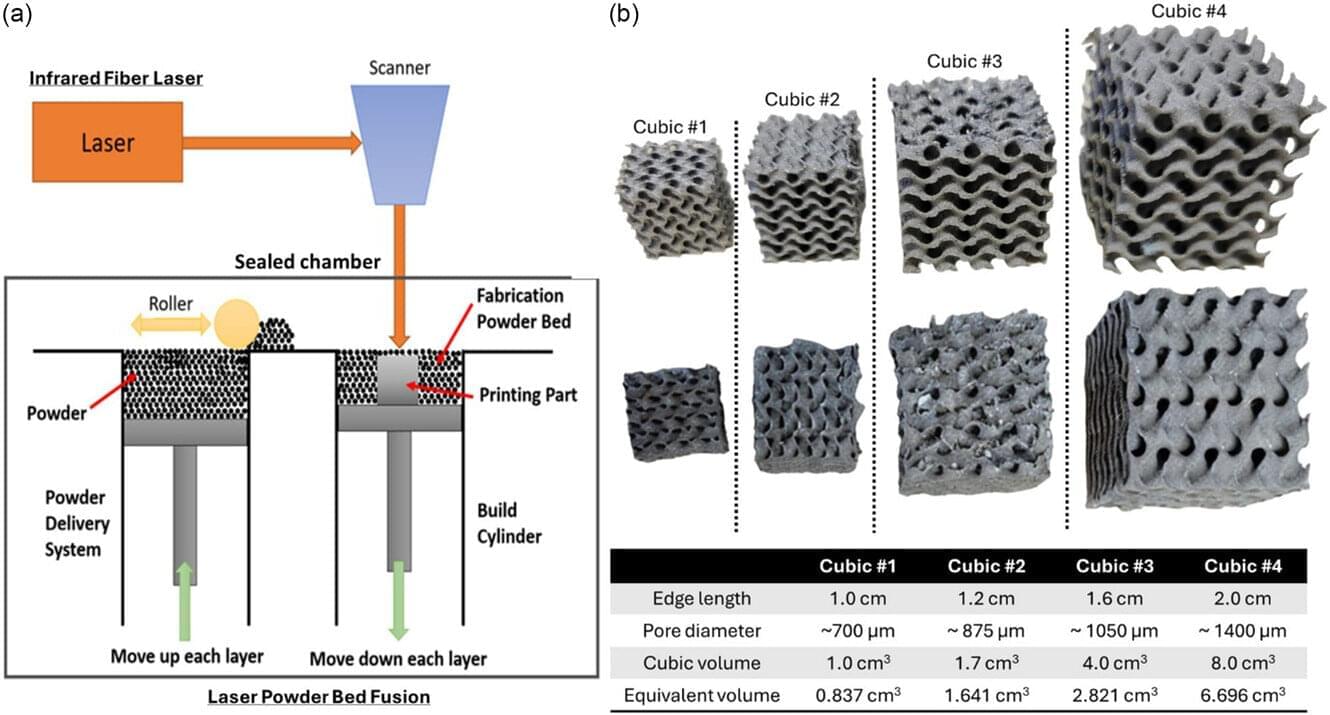
Stainless-steel component boosts bacteria-based biobattery
Engineering innovations generally require long hours in the lab, with a lot of trial and error through experimentation before zeroing in on the best solution.
But sometimes, if you’re lucky, the answer can be right under your nose—or in this case, beneath your feet.
Binghamton University Professor Seokheun “Sean” Choi has developed a series of bacteria-fueled biobatteries over the past decade, building on what he has learned to improve the next iteration. The biggest limitation isn’t his imagination—he’s always juggling several projects at once—but the materials he has to work with.

New framework clears spin-orbit confusion in solids and unifies physics
The researchers came up with a new way to describe how an electron’s spin interacts with the material it moves through, without using the complicated and unreliable tool called the orbital angular momentum operator, which usually causes problems in crystals.
Instead, they introduced a new idea called relativistic spin-lattice interaction. This basically means they focused on how an electron’s spin reacts to the structure of the solid itself, using principles from Einstein’s theory of relativity.
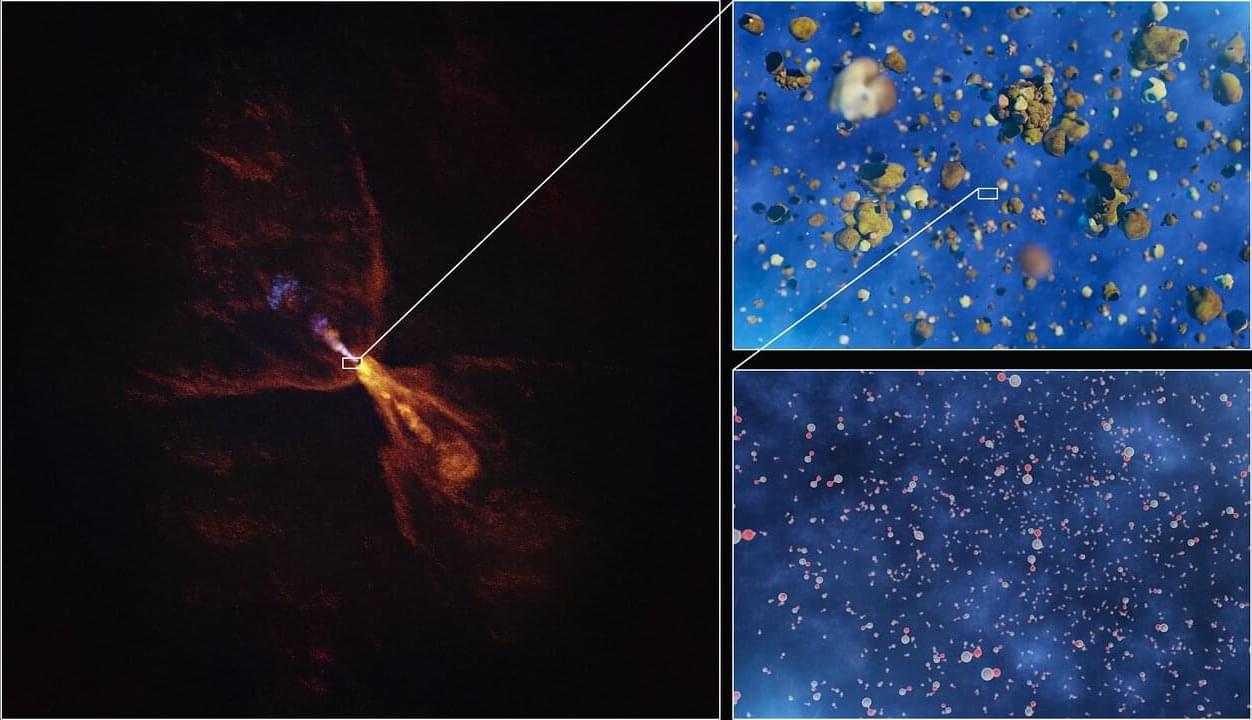
Cosmic baby steps: For the first time, astronomers witness the dawn of a new solar system
For the first time, international researchers have pinpointed the moment when planets began to form around a star beyond the sun. Using the ALMA telescope, in which the European Southern Observatory (ESO) is a partner, and the James Webb Space Telescope, they have observed the creation of the first specks of planet-forming material—hot minerals just beginning to solidify. This finding marks the first time a planetary system has been identified at such an early stage in its formation and opens a window to the past of our own solar system.
“For the first time, we have identified the earliest moment when planet formation is initiated around a star other than our sun,” says Melissa McClure, a professor at Leiden University in the Netherlands and lead author of the new study, published in Nature.
Co-author Merel van ‘t Hoff, a professor at Purdue University, U.S., compares their findings to “a picture of the baby solar system,” saying, “We’re seeing a system that looks like what our solar system looked like when it was just beginning to form.”


Researchers uncover a topological excitonic insulator with a tunable momentum order
Topological materials are a class of materials that exhibit unique electronic properties at their boundary (surface in 3D materials; edge in 2D materials) that are robust against imperfections or disturbances and are markedly different from their bulk properties. In other words, these materials could be insulators (i.e., resisting the flow of electrons or heat), and yet be conducting at their boundary (i.e., allowing electrons or heat to easily flow through them).

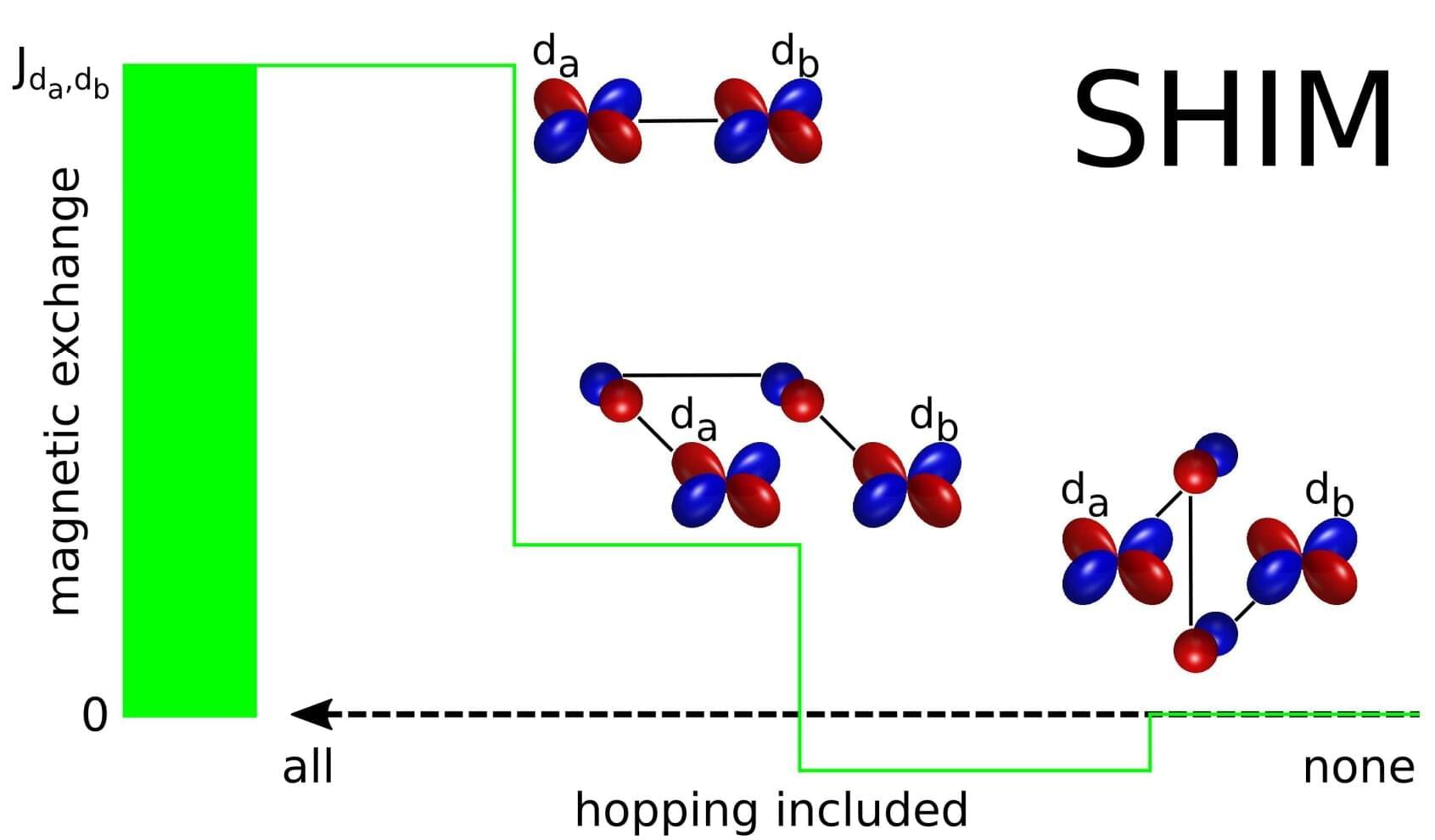
New method decodes the hidden origins of magnetism
We know magnetism as a fundamental force of nature that plays a crucial role in both the natural world and modern technology. It governs the behavior of materials at the atomic level and is essential for the functioning of countless devices in our everyday life, including data storage, sensing, wireless charging, sound recording and playing systems, and more.
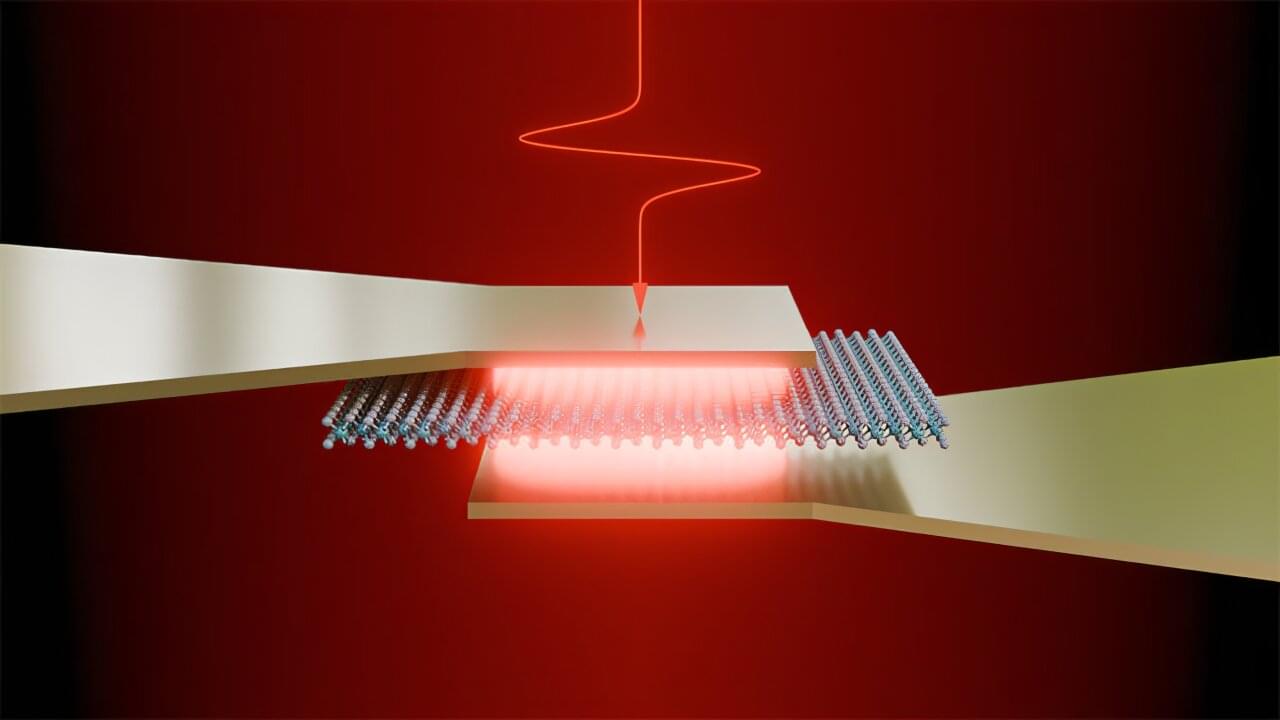
Physicists use terahertz light to manipulate electronic properties in 2D materials
Physicists at Bielefeld University and the Leibniz Institute for Solid State and Materials Research Dresden (IFW Dresden) have developed a method to control atomically thin semiconductors using ultrashort light pulses. The study, published in Nature Communications, could pave the way for components that are controlled at unprecedented speeds directly by light—ushering in a new generation of optoelectronic devices.
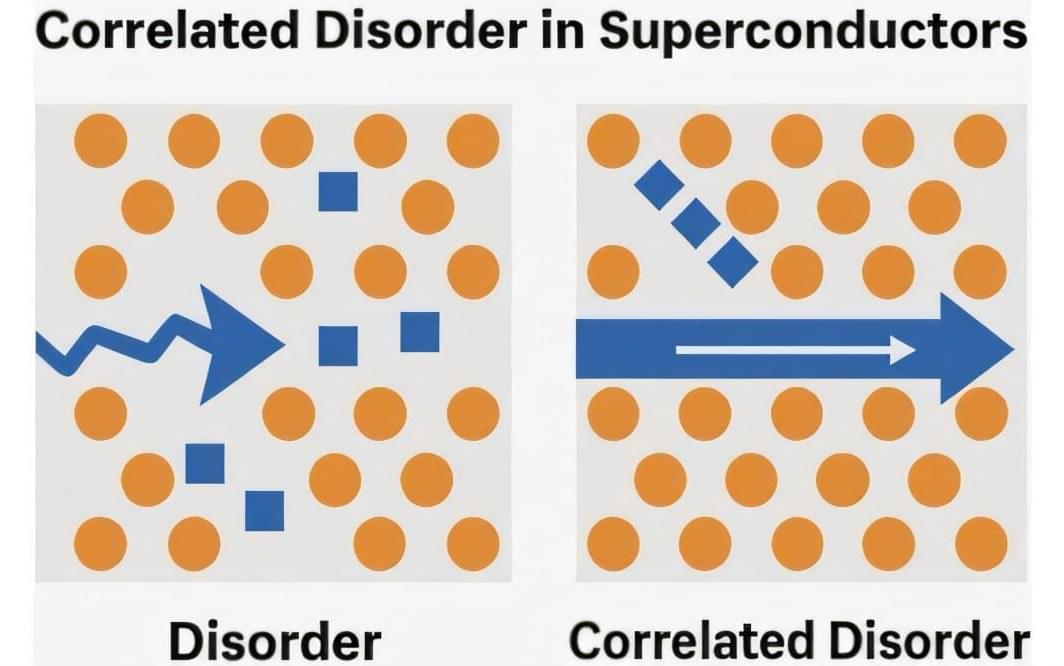
Coordinated defect arrangement shown to boost superconductivity in new study
An international team of scientists, including physicists from HSE MIEM, has demonstrated that when defects within a material are arranged in a specific pattern rather than randomly, superconductivity can occur at a higher temperature and extend throughout the entire material. This discovery could help develop superconductors that operate without the need for extreme cooling.
The study has been published in Physical Review B.
Superconductivity is a state in which electric current flows through a material without any energy loss. In conventional conductors, part of the energy is converted into heat, but in superconductors, this does not occur—current flows freely and does not weaken. Today, superconductors are used in applications such as MRI machines, where superconducting coils generate strong magnetic fields.